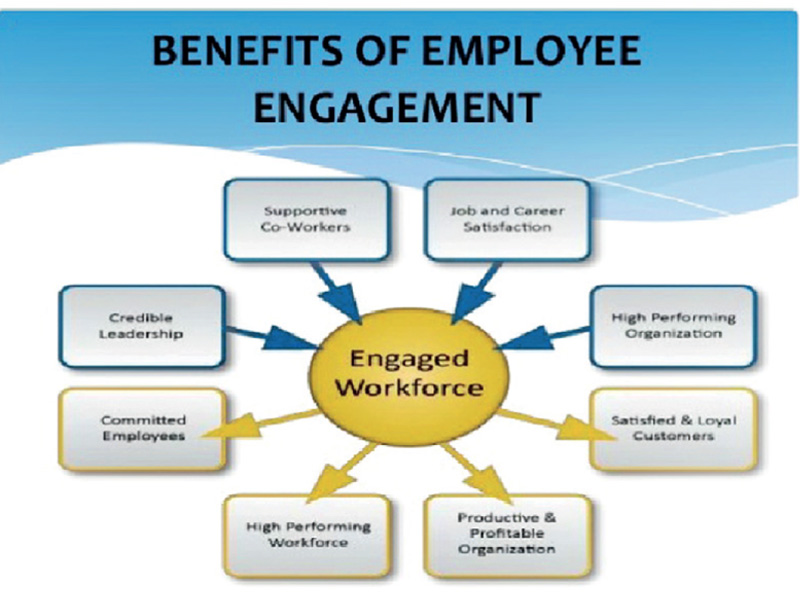
In today’s business context, let us look at the cost of a disengaged workforce to better understand the significance of employee engagement.
Cost of disengaged workforce
The findings of the Gallup Study of 2008 show that while the engaged employees believe they can contribute to company’s growth, the disengaged employee believes otherwise, i.e. his job does not contribute to the organisation. This belief of the disengaged employee creates a negative spiral that affects his work, co-workers, customers, productivity, and eventually both happiness of employee and company performance. Some effects are illustrated below:
- Effect on work – The disengaged employee tries to evade work, struggles to meet deadlines and is reluctant to accept additional responsibility.
- Effect on co-workers – The negativity of a disengaged employee, demonstrated either through raves and rants or complete withdrawal from participation, affects the team morale. After all who has not heard of the proverb – one bad apple can spoil the whole bunch.
- Effect on customers – Every employee, whether an organisation likes it or not, becomes its ambassador. And a disengaged employee either by actively de-selling the organisation, or by complete apathy towards their work, product, process, organisation help create disengaged customers.
- Effects on productivity – Disengaged employees seldom push themselves to meet organisational goals let alone contribute to innovative practices at workplace. Since, they do not believe that their work contributes to the organisation; they evade completing tasks thereby affecting team productivity.
- Effect on company performance – In the corporate world, time is money and organisations must innovate to stay relevant. A disengaged workforce by virtue of delayed completion of tasks and inability to improvise and innovate cost the company dollars which ultimately affects bottom line. This has been validated by a Gallup Study whose research showed that costs of disengaged workforce in the United States was upwards of $ 300 billion annually.
- Effect on personal life of employee – A disengaged employee is seldom able to shake off the lethargy and perform in the current organisation or land a job of preference. This leads to pent up frustration which may ultimately affect his personal and family life.
Benefits of an engaged workforce
An engaged workforce forms an emotional connect with the organisation that helps them
- Go the extra mile to achieve individual and company success
- Innovate at workplace
- Attract customers and employees
- Become evangelists of the company, its product and processes
- Infuse energy and positivity at workplace.
